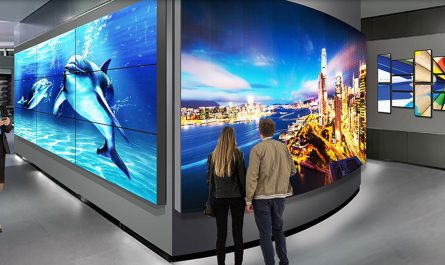A Brief History of Shipbuilding
Shipbuilding has its origins thousands of years ago, with the first seafaring vessels appearing as early as 3000 BC. Primitive rafts and canoes allowed early civilizations to traverse waterways and expand trade. As boatbuilding techniques advanced, vessels became larger and more seaworthy. By 1000 BC, the Phoenicians had developed merchant fleets capable of sailing throughout the Mediterranean. Their trireme warships dominated naval engagements and helped spread Phoenician influence.
In the 15th and 16th centuries, advances in naval technology facilitated the Age of Discovery. New ship designs with triangular sails made long-distance voyages possible. Columbus’ Santa Maria and later ships of the Portuguese and Spanish explored vast new territories. Commercial and military shipbuilding further evolved during this era. Larger hulls incorporated designs optimized for cargo capacity and speed.
The Industrial Revolution Spurs Growth
The Industrial Revolution of the late 18th century brought major changes to shipbuilding. Mechanization increased productivity while newfangled steam power allowed for iron-hulled vessels. In the 19th century, iron replaced wood as the primary shipbuilding material due to its strength. This enabled larger cargo holds and higher speeds than sail-driven ships. Steamships reduced travel times and expanded global trade networks. Improvements like compound steam engines drove explosive growth in commercial shipping tonnage.
Modern shipyards adopted assembly line techniques to churn out standardized vessels efficiently. New machinery like floating dry docks simplified hull construction and repairs. As engine power increased, ships grew in size and complexity. Luxury ocean liners began catering to passengers in the latter 1800s. Key innovations included watertight bulkheads for safety plus steam turbines and oil-fired boilers for their transatlantic routes. By the 20th century’s onset, oceangoing steamships revolutionized global transportation and economics.
World Wars Spur Naval Development
During the Shipbuilding World Wars, defense contracts spurred rapid design enhancements. Warship construction ramped up to meet military demands worldwide. Advances in propulsion, armor plating, ordnance and automation made battleships deadlier. Submarine development accelerated ominously. Meanwhile civilian shipbuilding took on strategic importance as a means to move troops and material overseas. Postwar, economies rebuilt and trade rebounded, driving new commercial ship orders.
Containerization transformed global logistics from the 1950s onward. Standardized reusable steel boxes vastly increased cargo loads while reducing port handling times. Roll-on/roll-off vessels haul entire trucks and trailers between nations. Ultra-large container ships now crossing oceans can hold over twenty thousand TEUs. Mega-tankers likewise haul crude oil in massive volumes. Specialized carriers move LNG, cars and other cargo types worldwide.
Modern Systems and Facilities
Today’s ultra-modern yards employ computer-aided design to develop efficient ship architectures. Precise machining replaces much manual labor. Prefabricated modular sections speed assembly while ensuring quality and safety. Materials science also progresses, yielding lighter yet stronger steels and aluminum alloys. Advanced engines meet ever-stricter emissions regulations through innovations like selective catalytic reduction.
Global trade growth supports shipbuilding industries worldwide. Southeast Asian nations build many commercial vessels due to lower costs. China has become the world’s largest shipbuilder, constructing everything from oil rigs to aircraft carriers. Specialized heavy-lift and multi-role production facilities handle enormous modules. Strategic government subsidies still influence national market shares despite fluctuations. Constant technical evolution and changing regulations keep engineers innovating solutions.
With over ninety percent of global cargo moving by ship, maritime transport remains vital to international commerce. Expanding fleets carry raw materials, food, fuel and manufactured goods between nations. Naval budgets also sustain ship construction for assets defending trade routes and projecting force. Looking ahead, new technologies portend even cleaner and autonomous vessel designs optimized for 21st century needs. The future remains bright for an industry with such a rich heritage and role in linking worldwide economies.
*Note:
- Source: Coherent Market Insights, Public sources, Desk research
- We have leveraged AI tools to mine information and compile it

